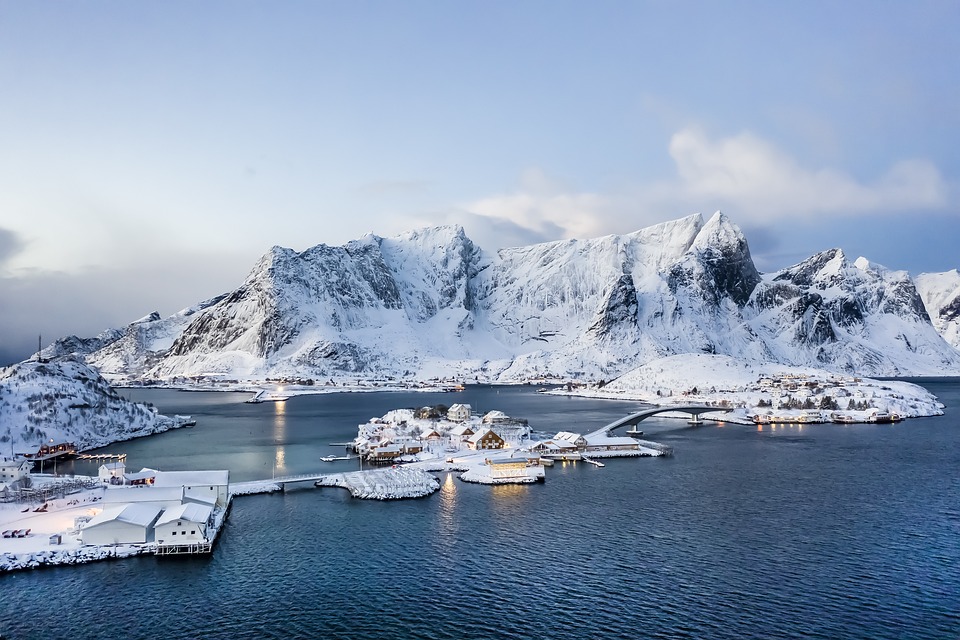The Melting Arctic Ice: Consequences for Ocean Health
The melting Arctic ice is a pressing issue that has far-reaching consequences for the health of our oceans. As global temperatures continue to rise, the Arctic region is experiencing unprecedented levels of ice melt. This has significant implications for marine life, ecosystems, and the overall health of the world’s oceans.
Impact on Marine Life
One of the most immediate consequences of the melting Arctic ice is the impact on marine life. The Arctic region is home to a diverse array of species, including polar bears, seals, and whales. These animals rely on the sea ice for hunting, breeding, and navigating their environments. As the ice continues to melt at an alarming rate, these species are being forced to adapt to rapidly changing conditions.
The decline of sea ice also has implications for the food chain in the Arctic. Many species rely on the ice as a platform for feeding and breeding, and as the ice disappears, these animals are being pushed to the brink. This disruption can have cascading effects throughout the entire ecosystem, leading to declines in populations and shifts in species distributions.
Impact on Ecosystems
The melting Arctic ice is also having a profound impact on the ecosystems of the region. Sea ice plays a crucial role in regulating temperatures, salinity levels, and nutrient cycling in the Arctic Ocean. As the ice melts, these processes are disrupted, leading to shifts in the distribution of species and changes in the overall health of the ecosystem.
The loss of sea ice is also affecting primary productivity in the Arctic Ocean. Phytoplankton, which form the base of the marine food chain, rely on sea ice for nutrients and habitat. As the ice melts, these important organisms are being negatively impacted, leading to declines in productivity and changes in the structure of the ecosystem.
Impact on Ocean Health
The consequences of the melting Arctic ice extend far beyond the region itself and are having implications for the health of the world’s oceans as a whole. One of the most significant impacts is the rise in sea levels resulting from the melting ice. As the Arctic ice melts, this freshwater is being added to the oceans, causing sea levels to rise and threatening low-lying coastal areas around the world.
The melting Arctic ice is also contributing to changes in ocean circulation patterns. The Arctic region plays a crucial role in regulating global ocean currents, and as the ice melts, this regulation is being disrupted. This can have far-reaching effects on marine life, ecosystems, and climate patterns around the world.
In addition to these direct impacts, the melting Arctic ice is also leading to the release of methane and other greenhouse gases stored in the permafrost. These gases have the potential to further accelerate global warming and exacerbate the impacts of climate change on the world’s oceans.
Conclusion
The melting Arctic ice is a pressing issue that has significant consequences for the health of our oceans. From the impact on marine life and ecosystems to the implications for ocean health and climate patterns, the loss of sea ice in the Arctic is a complex and multifaceted problem that requires urgent action.
As global temperatures continue to rise, it is crucial that we take steps to mitigate the impacts of the melting Arctic ice and protect the health of our oceans. This includes reducing greenhouse gas emissions, investing in renewable energy sources, and supporting conservation efforts in the Arctic region.
By working together to address the root causes of climate change and protect the world’s oceans, we can help to ensure a healthy and sustainable future for marine life and ecosystems around the world. The time to act is now.
